Never let your greenhouse drop below this temperature if you want to keep seedlings alive – plus 7 easy ways you can protect young plants against dangerous levels of cold
Discover how to protect seedlings from low temperatures in an unheated greenhouse
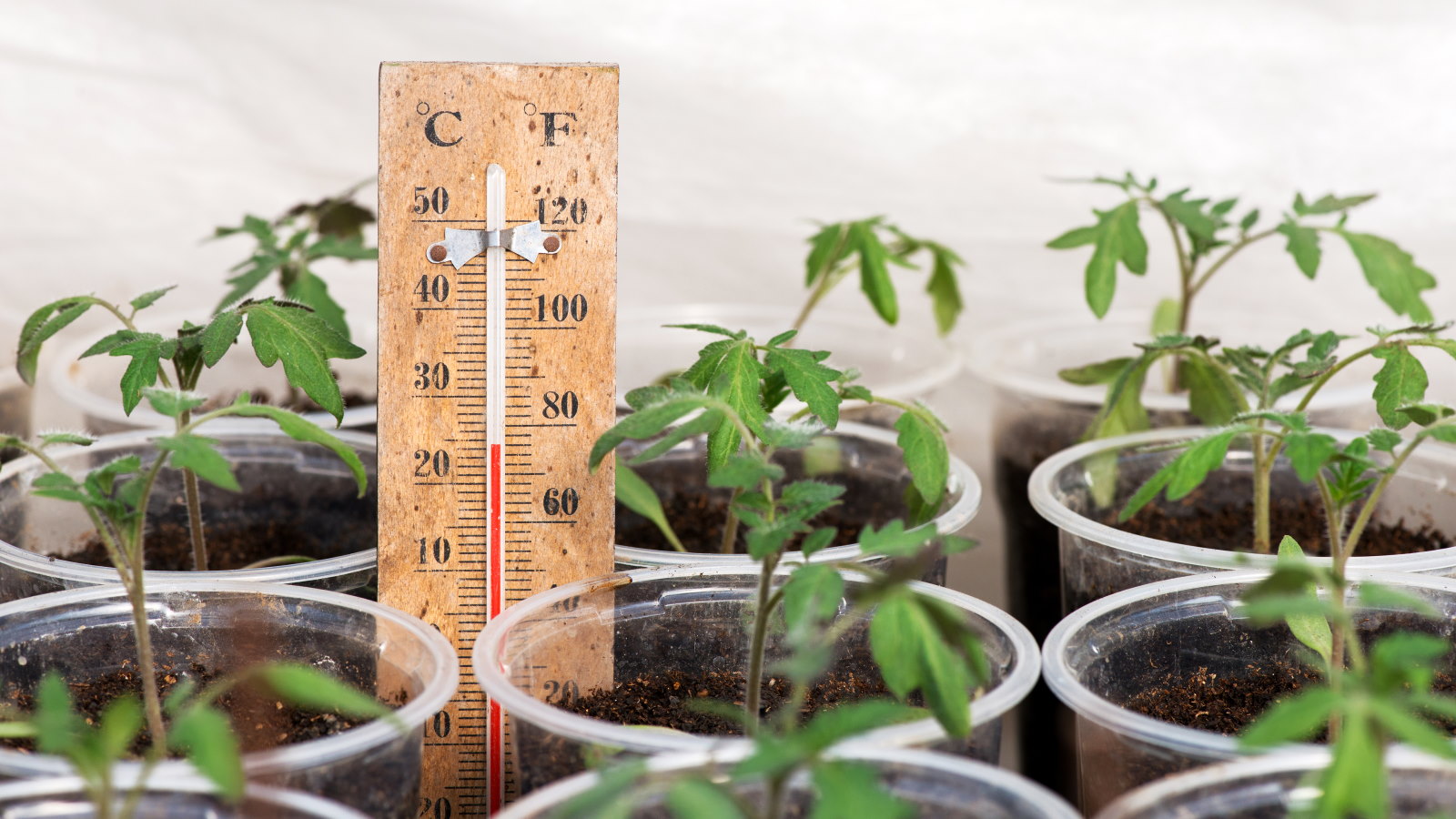

Sowing seeds indoors in late winter can be a great way to start plants earlier in the year. Seedlings can thrive in constantly warm environments when blessed with a heated greenhouse. However, if you have an unheated space, knowing the minimum greenhouse temperature for seedlings, and protecting plants on cold nights, is important.
Seedlings will be safe as long as the minimum greenhouse temperature reads above 45°F. Cold winter nights can regularly see temperatures drop below this safe level and then it pays to protect seedlings in an unheated greenhouse.
I grew thousands of plants from seed during my years as a professional gardener and know how vital it is to keep seedlings warm and protected from the elements. Whether you choose to temporarily heat a greenhouse or simply cover plants to insulate them from cold temperatures, taking action can prevent you from losing lots of precious seedlings.
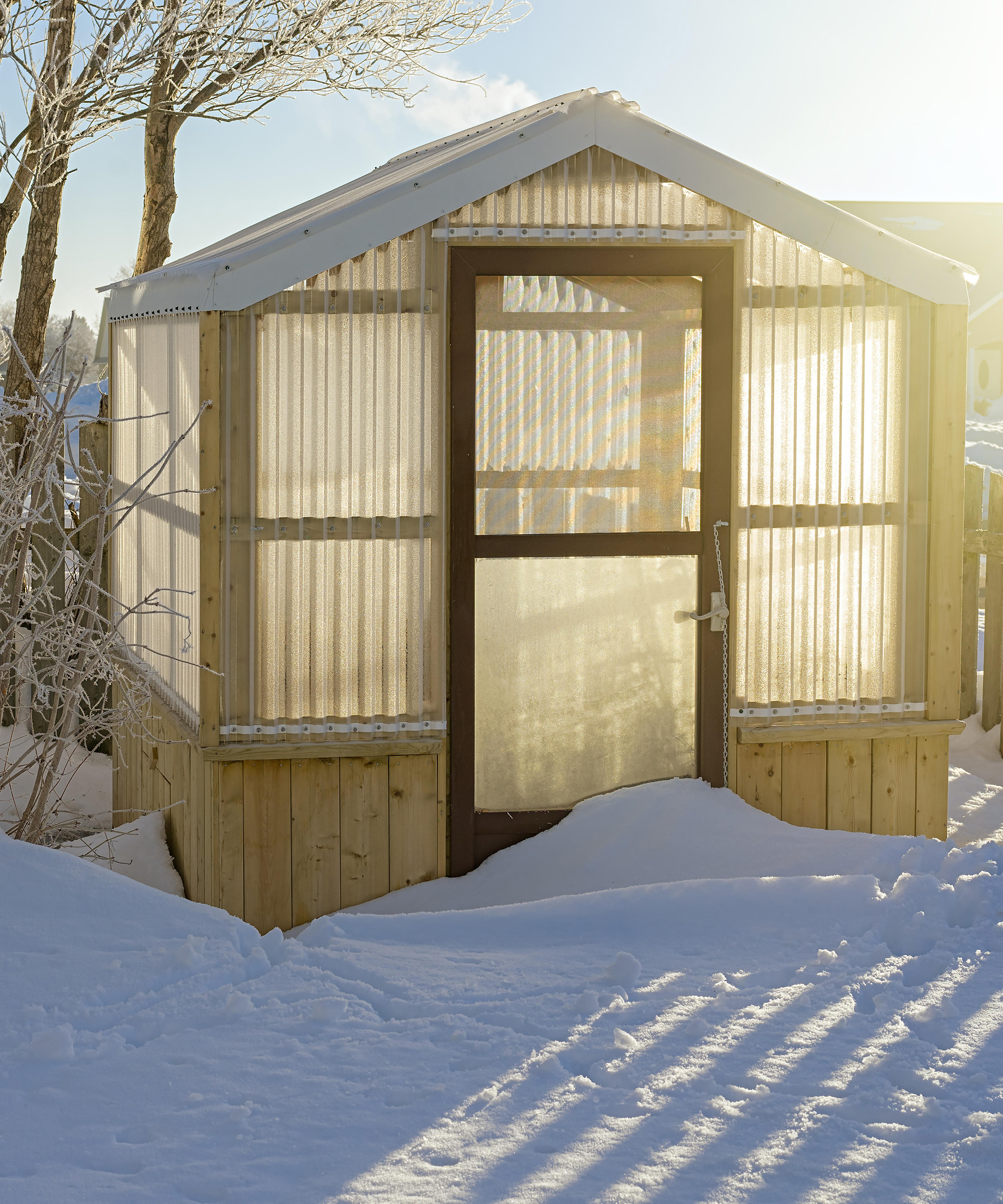
How to keep seedlings protected in an unheated greenhouse
This guide reveals what the minimum greenhouse temperature for seedlings is, and outlines seven potential measures you can put in place to protect your tender young plants from the cold.
What is the lowest temperature for seedlings in a greenhouse?
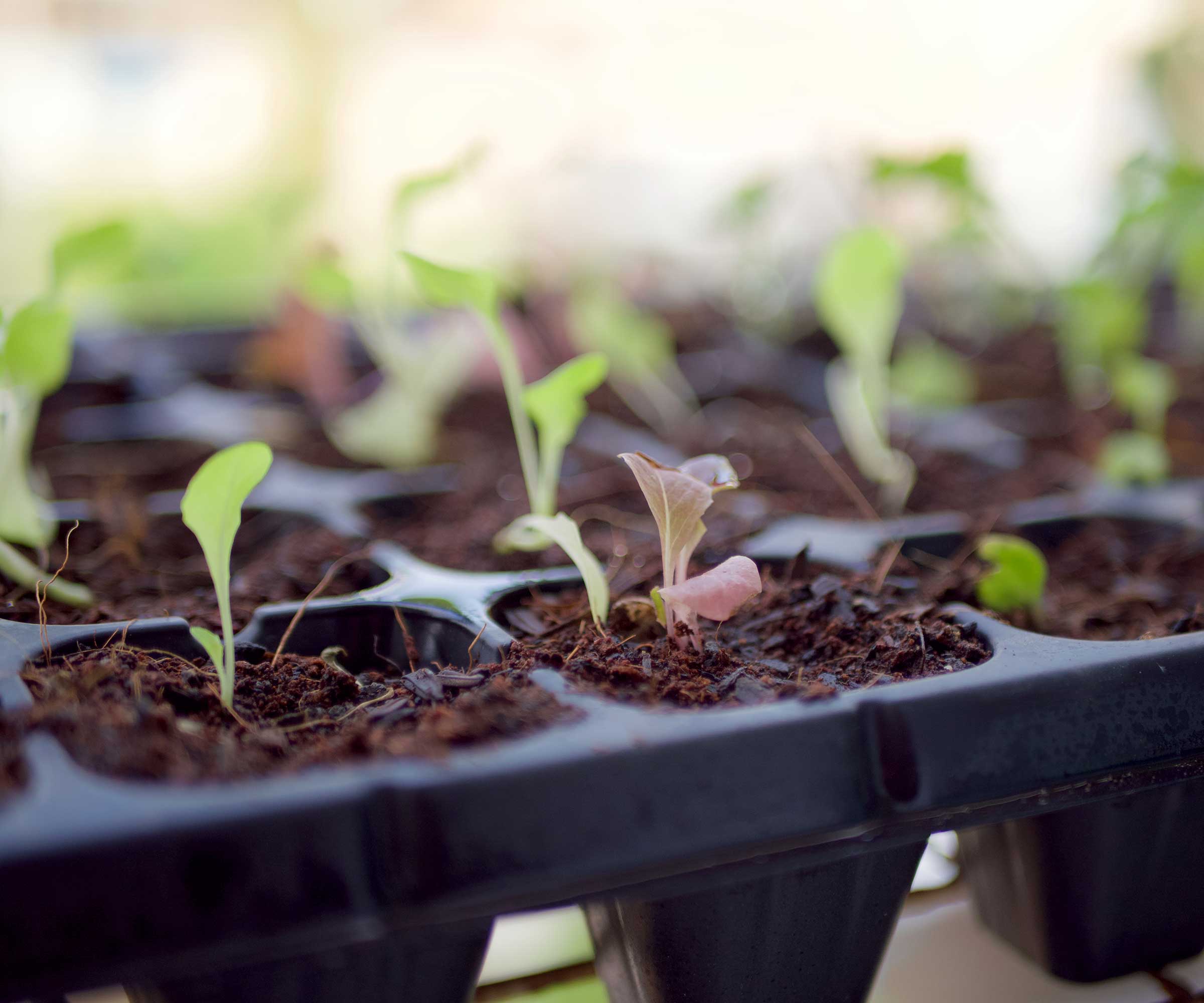
There may be times when the greenhouse temperature drops below the healthy level for seedlings - and that is the time to put measures in place to protect seedlings in an unheated greenhouse.
The critical time to act comes when the night-time temperatures are set to fall below 40°F. This threshold is higher if you are growing annual flowers or heat-loving vegetables, such as young tomatoes or peppers, as they need protection when the temperatures drop to around 45°F.
Paying close attention to weather forecasts means you can act fast to provide seedlings with extra protection to withstand the impending cold weather. If you live in a colder climate and know the temperature will drop too low in an unheated greenhouse, it would be a seed-sowing mistake to still sow early rather than waiting for a more suited time in spring.
How to protect plants in an unheated greenhouse
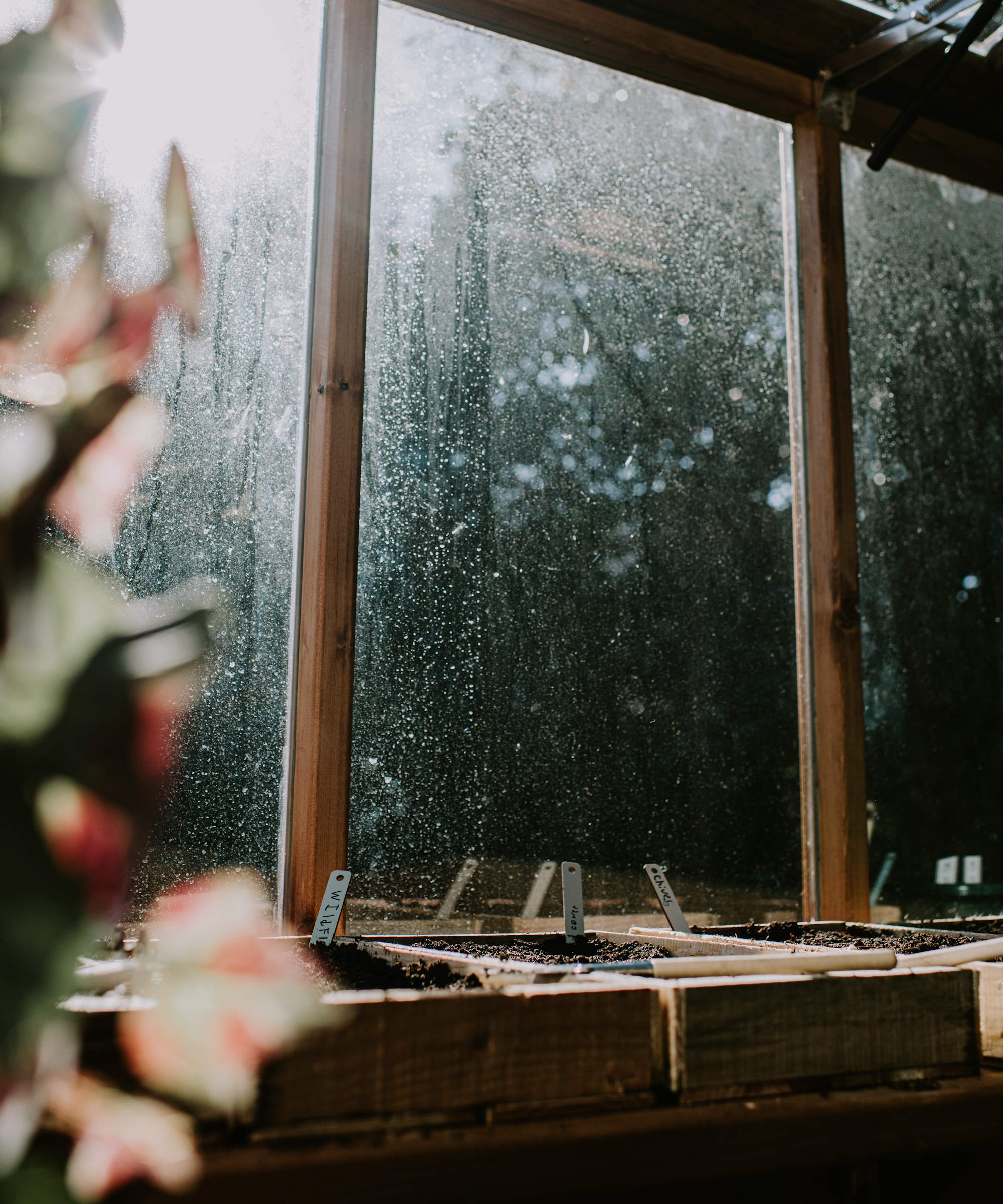
Knowing the minimum greenhouse temperature for seedlings is a call to action, but what can be done to help protect those precious young plants? There are many ways to protect plants in an unheated greenhouse and many quick, simple measures can make a difference.
Cover Plants
The quickest and simplest way to protect plants from frost and cold temperatures in a cold greenhouse is to cover them with frost cloth, also known as horticultural fleece. The material is lightweight and breathable but traps warmth and retains it around the seedlings.
It prevents cold air from getting to plants and, depending on the thickness of the frost cloth, can increase the air temperature around the seedlings by at least six degrees. Alternative cheap ways to protect plants from frost are to cover them in light sheets or cardboard boxes. Whatever cover you put over seedlings, remove it again during the day so they get all the light and air circulation they need for healthy growth.
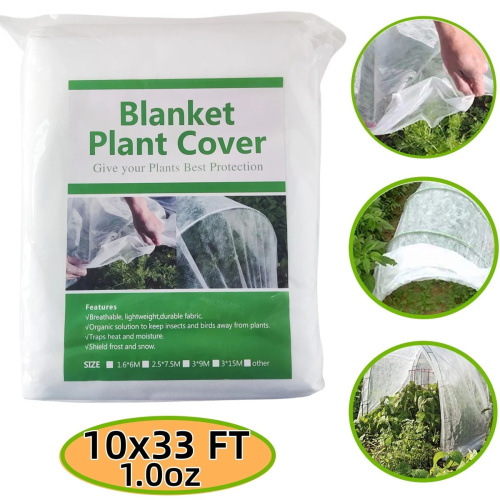
A 10x30ft frost cloth made of non-woven polypropylene fabric to put over plants and protect them from cold temperatures. It can be cut to fit any needs or folded to protect a double layer of protection.
Use Bubble Wrap
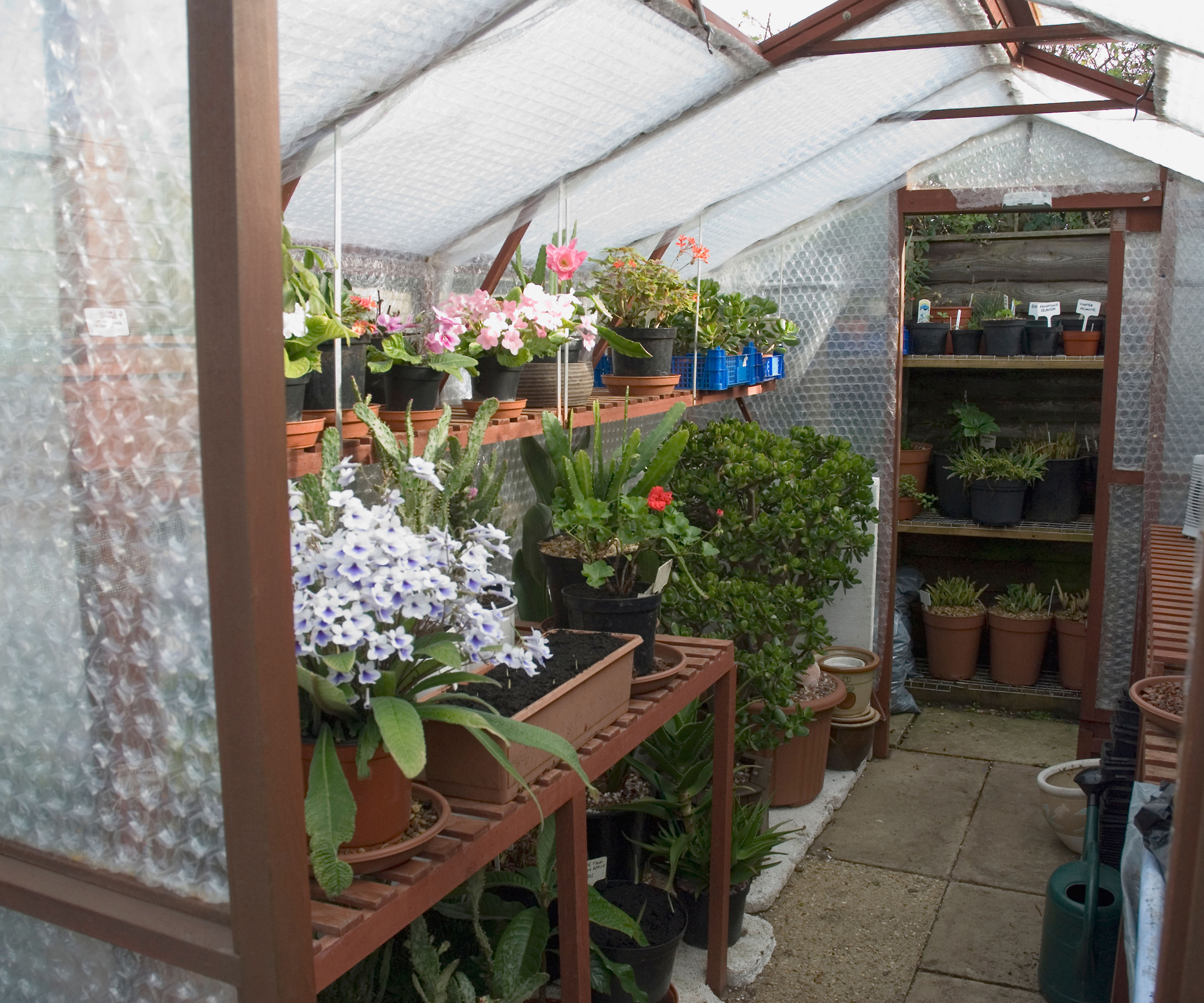
Bubble wrap is another budget-friendly material to winterize a greenhouse and keep temperatures up. You can either insulate the entire inside with bubble wrap by pinning it to the frame for winter to heat the greenhouse cheaply, or you can construct protective domes over seedlings as a more short-term measure when the temperature drops. Large rolls, such as this bubble wrap from Walmart, will not break the bank and can be enough to keep seedlings warm.
Put Cloches Over Seedlings
Cloches provide another alternative to place over seedlings and keep them insulated from cold temperatures. Whether you use large glass cloches or make DIY cloches using recycled plastic bottles or plastic sheets laid over hoops, such coverings can be put in place quickly to protect small numbers of seedlings or tender plants.
Lift Seedlings Off the Ground
Raising any trays of seedlings off the floor helps to take them out of harm's way when cold temperatures are predicted. The floor of an unheated greenhouse can be cold at the best of times, but freezing nights can put the entire tray at risk as cold air settles at low levels.
Raise pots or trays of seedlings off the cold ground using bricks or blocks, or utilize any free space on benches or shelving units for the night. A tray having direct contact with a freezing surface, such as the cold concrete ground, can be a death knell for seedlings.
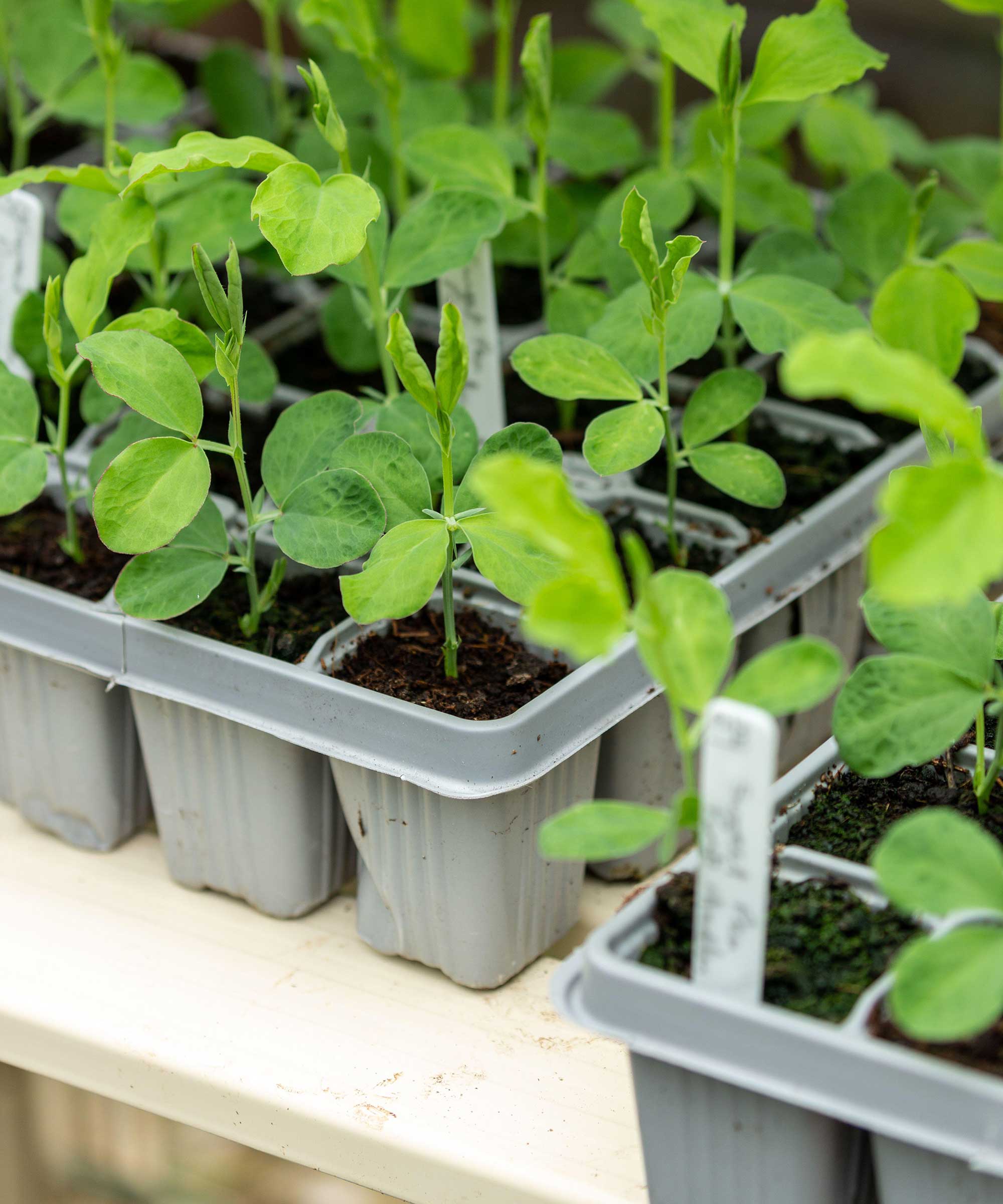
Add Some Form of Heating
You do not need to heat the greenhouse throughout winter, but it can be beneficial to add some heat when needed during periods of extreme cold. Using a space heater, or fan heaters, and heating mats on the coldest nights can warm up the space and keep it above the minimum greenhouse temperature for seedlings. Heaters can be fitted with thermostats to kick into action when temperatures reach critical levels.
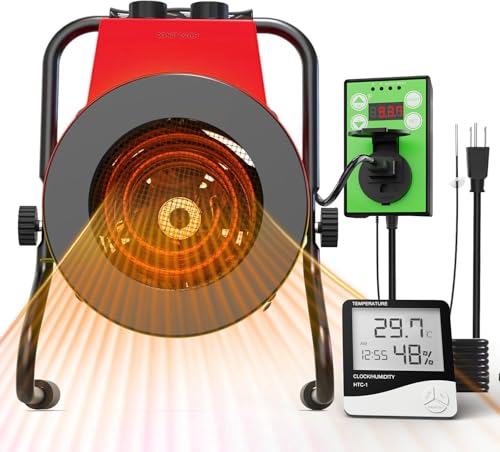
This 1500W greenhouse heater and the digital thermostat have an adjustable heating range of 40℉-108℉. The heater has a 7.5ft long wire and a portable handle design to move it easily as required.
Seal All Gaps
Closely inspect the greenhouse for any drafts caused by small cracks, holes, broken seals, or loose panels. The smallest gap can become a spot for freezing air to get into the greenhouse and affect any tender plants inside. Sealing any gaps prevents that cold air from penetrating and keeps your seedlings safe.
Use Thermal Mass
Storing water in black barrels in a greenhouse means you can take advantage of thermal mass. The water will absorb heat during the day and then release it gradually during the night. Water is excellent for holding lots of heat and it is a free solution to keep the temperature stable and above dangerous levels.
FAQs
What is the cold tolerance of seedlings?
It will depend on the seedling, however, temperatures dropping below 45°F will start to impact the growth and development of vegetable seedlings, annual flowers, and tender plants. The age of the seedling will also dictate the cold tolerance, as seedlings with sets of true leaves are able to withstand colder temperatures than freshly germinated ones.
What temperature should a greenhouse be overnight?
If your greenhouse is home to tender plants, young plants, or seedlings, it is advisable to try to keep the overnight temperature between 55°F and 65°F. The temperature should not be allowed to fall below 45°F.
It is not just the temperatures that can trouble seedlings in late winter or early spring, as light levels may also be problematic and a lack of sunlight can cause leggy seedlings.
It is often an issue when growing seedlings on windowsills, but can also be a problem in a greenhouse when light levels are naturally low or dirty glass blocks out too much sunlight. Some seedlings can be pinched back if they get too leggy, but it is often better to sow replacement seeds to get healthier plants if this happens to you.
Sign up to the Homes & Gardens newsletter
Design expertise in your inbox – from inspiring decorating ideas and beautiful celebrity homes to practical gardening advice and shopping round-ups.

Drew’s passion for gardening started with growing vegetables and salad in raised beds in a small urban terrace garden. He has worked as a professional gardener in historic gardens and specialises in growing vegetables, fruit, herbs, and cut flowers as a kitchen gardener. That passion for growing extends to being an allotmenteer, garden blogger, and producing how-to gardening guides for websites. Drew was shortlisted for the New Talent of the Year award at the 2023 Garden Media Guild Awards.
You must confirm your public display name before commenting
Please logout and then login again, you will then be prompted to enter your display name.
-
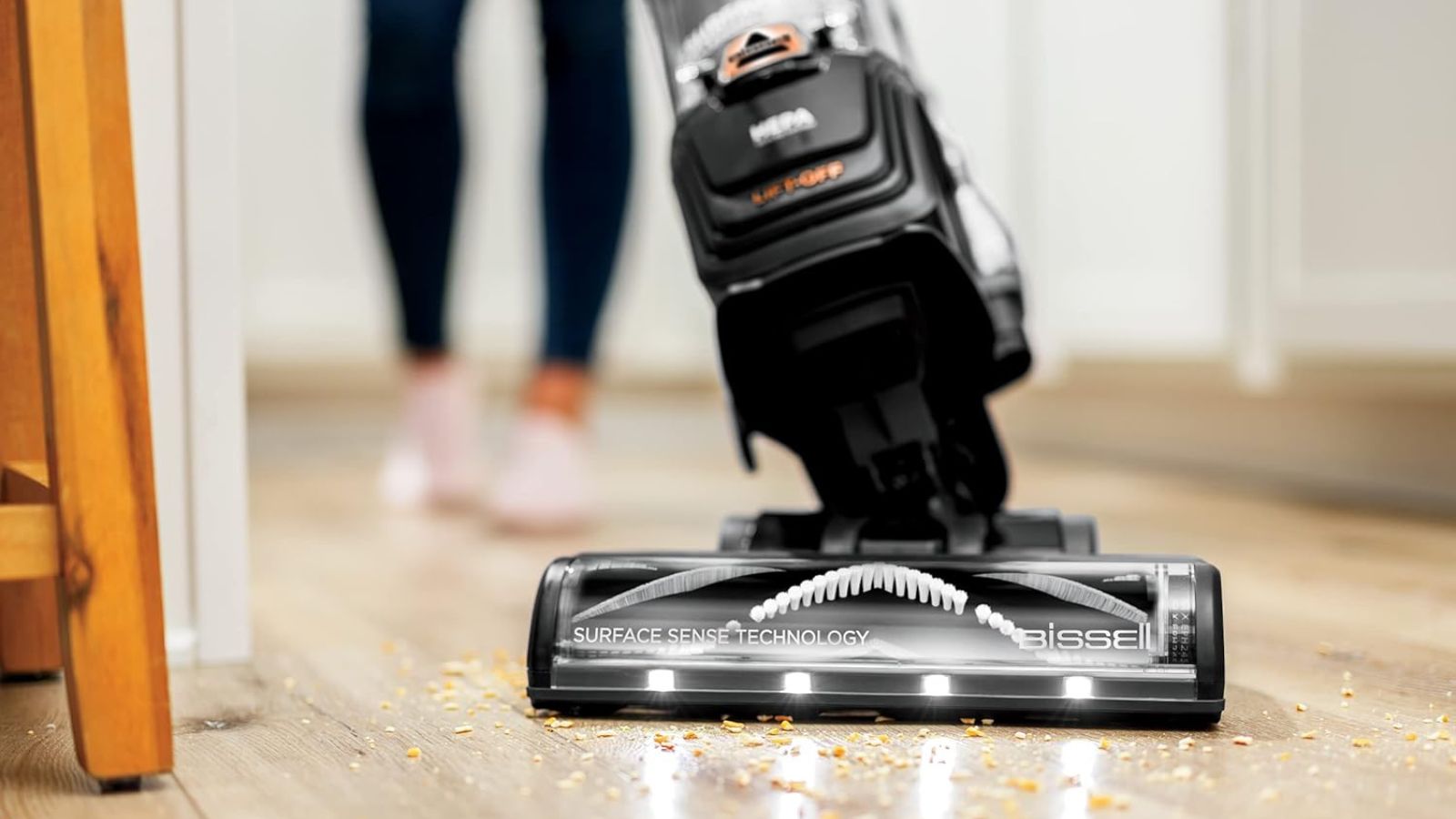 I tested the Bissell SurfaceSense Allergen Pet Lift-Off upright vacuum – and love how impressively it cleans every surface at this price
I tested the Bissell SurfaceSense Allergen Pet Lift-Off upright vacuum – and love how impressively it cleans every surface at this priceAfter two weeks of vacuuming and testing, I'm recommending this budget-friendly vacuum to everyone
By Camryn Rabideau
-
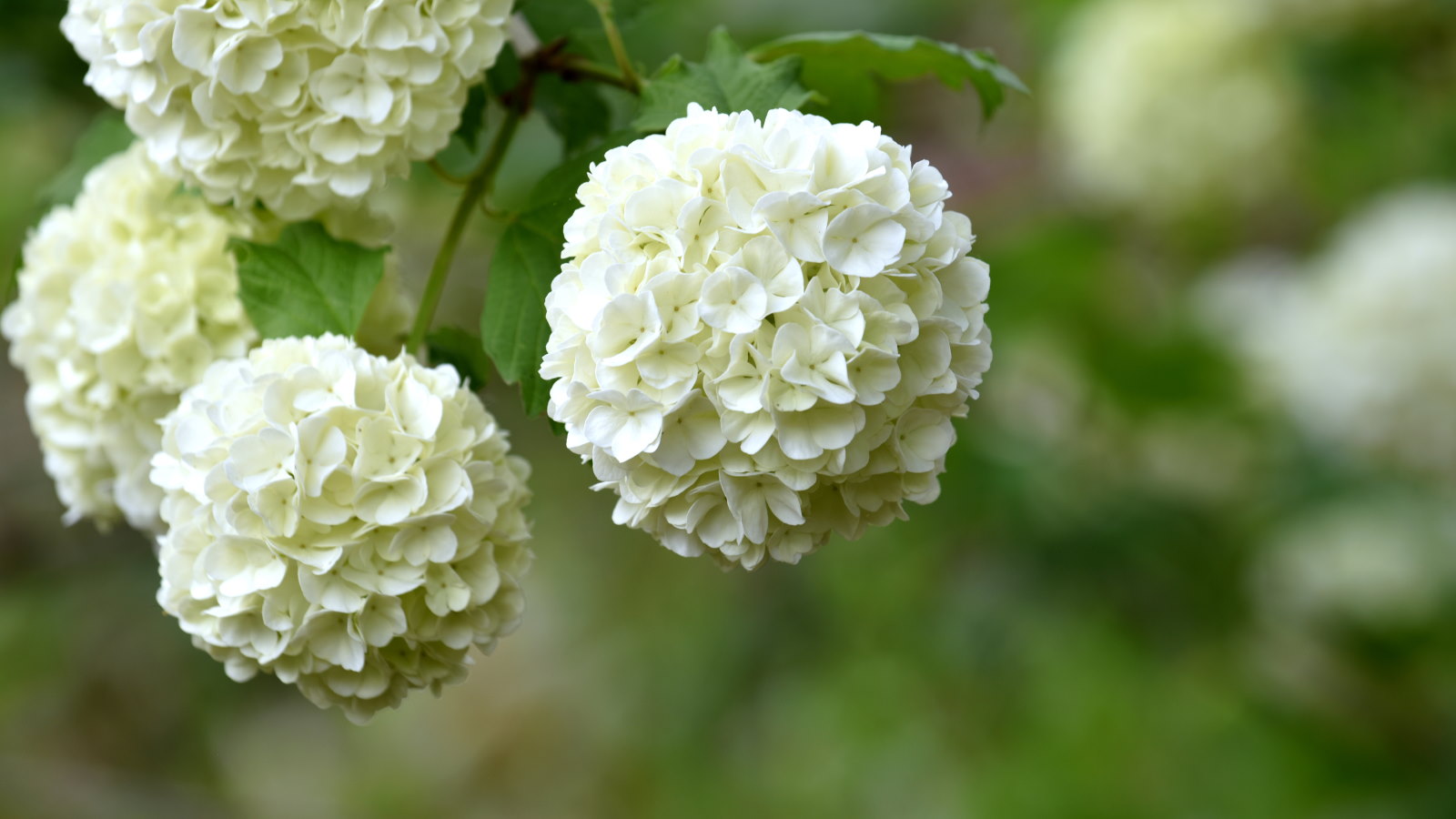 These 4 simple steps for pruning a snowball bush viburnum can give you the best blooms, plus we reveal the pitfall to avoid that will ruin any display
These 4 simple steps for pruning a snowball bush viburnum can give you the best blooms, plus we reveal the pitfall to avoid that will ruin any displayKnow how and when to prune a snowball bush with this expert pruning guide
By Drew Swainston